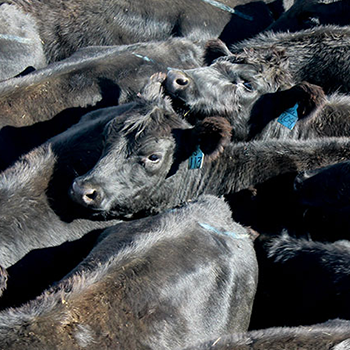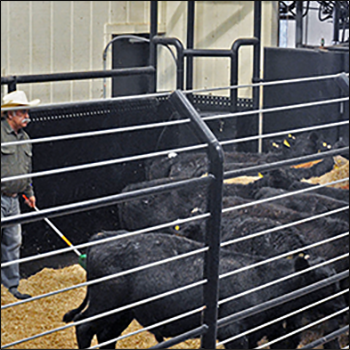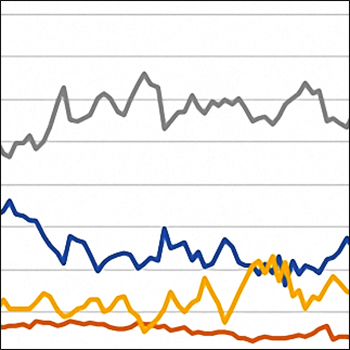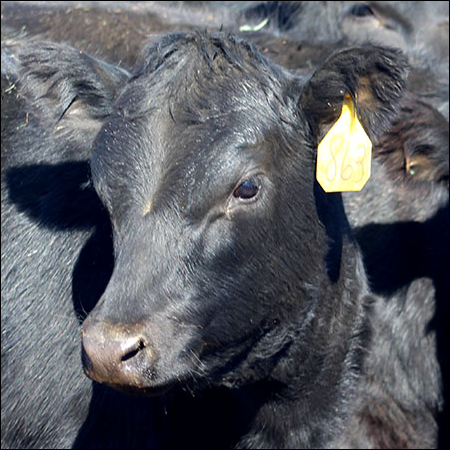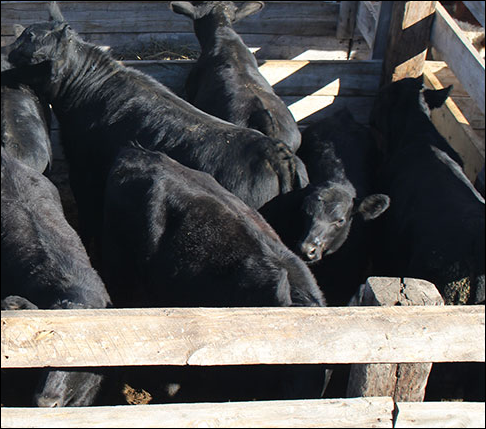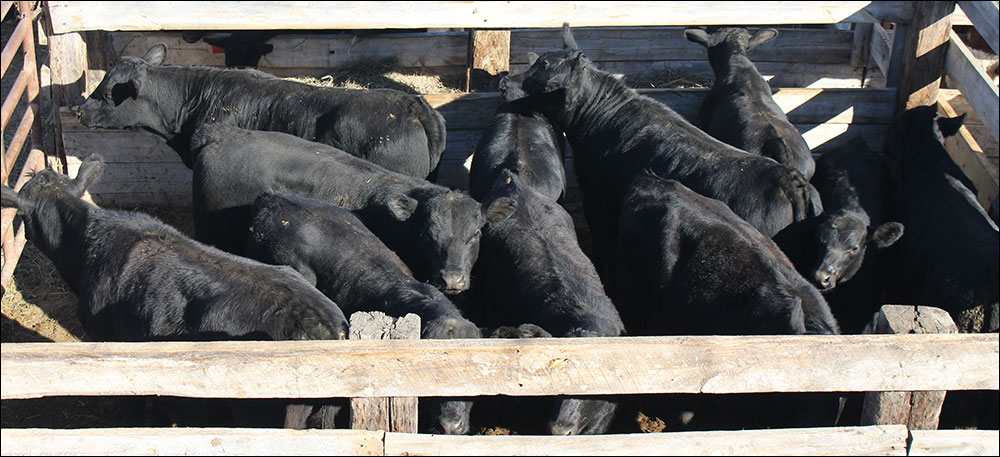
Tell ’em What You Have
While preconditioning is important, you have to market calves well to reap full reward.
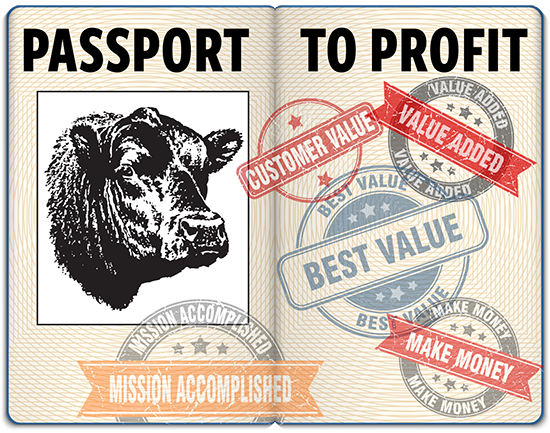
Most cattle buyers prefer calves that are vaccinated and preweaned. Producers have found preconditioning makes money. However, you can’t just assume preconditioned calves will bring a premium, says Ron Gill, Texas A&M University Extension livestock specialist. You have to pay attention to how you market them.
“If you just precondition them and send them to town, there may not be any buyers there who will pay extra, and you may have wasted your effort,” he explains. “The only advantage you have is that these calves won’t shrink much. You can take them a day early, and they can fill back up.”
They won’t be as stressed as calves taken right off their mothers. They already know how to eat and will be calm and not as shrunk and stressed the day of the sale.
“You can pay for preconditioning just on shrink management,” Gill says. “It’s a great benefit to the producer who is hauling calves to an auction market versus selling them at the ranch — because at the ranch you’ll be taking a pencil shrink regardless of whether they are weaned or not. If you take those calves to an auction market and they only shrink 1% versus a 3% or 4% pencil shrink at the ranch, this is to your advantage. I don’t hesitate to take calves to an auction market where there will be buyers coming in, because we can manage shrink to our best benefit.”
It also pays to feed calves properly.
“Some people who precondition use a good high-energy feed, and those calves will still have a lot of bloom and flesh when sold. Many buyers discount calves for being that fleshy; they prefer calves a little leaner that will gain really well in the stocker phase or in the feedyard. If they manage them right, fleshy calves will do fine, but buyers are still going to discount them.”
Calves weaned on grass vs. a high-energy grain diet lose their baby fat, but are still growing and gaining. Even though they look a bit rougher, the buyer thinks they look better.
“Most cow-calf people think those calves are losing weight (because they’ve lost that baby-fat bloom), but they are simply growing fast. You can actually add about $4 to $5 per hundredweight just by changing the look of that calf, yet this is something most people don’t think about,” Gill says.
Preconditioning is not as simple as people think, yet there are many advantages and ways to capture more value.
“The important thing is to market them into a system that values and markets preconditioned calves,” Gill says. “Video auctions have done a great job of identifying truckload lots of preconditioned calves. Those calves have some history that gives them additional value. You are usually looking at $30 to $40 more on average value for preconditioned calves.”
Some will sell for quite a bit more, which means some preconditioned cattle are not getting that additional value.
“If you are preconditioning calves, you also need to think about the genetic value. If you are preconditioning mediocre calves, they are still going to bring mediocre calf price,” Gill says. “The value we see in preconditioning lesser-value calves is not as high as we’ll see in the higher-quality reputation cattle,” Gill says.
Buyers want calves that have the whole picture — genetics, good health and the potential to really do well on gain and also on the rail.
“Make sure you get those calves in front of buyers who are looking to buy preconditioned cattle. Producers sometimes get upset with order buyers because they won’t pay more for preconditioned calves, but for most auction markets it has to be a special stand-alone sale or segment of a sale that attracts orders for preconditioned calves,” he explains.
It pays to check with and work with the auction market to see if they have those buyers coming or can get someone there to buy those cattle.
“Don’t just show up the day of the sale with calves you are calling preconditioned,” he concludes. “That’s not the way the market works.”
Editor’s note: Heather Smith Thomas is a freelance writer and cattlewoman from Salmon, Idaho. Lead photo by Brett Spader.
